DESCRIPTION:
This instrument is a simple screw micrometer, similar to those used by machinists even today, but differs in that it is supported horizontally on a heavy base, and instead of a single scale, uses a paper-covered drum to register the information so obtained. The base measures about 73.5 mm (2.9 in), in diameter and the device is about 81 mm (3.2 in)high at its maximum (to the top of the cursor). The lacquered brass drum is painted dark flat black on the inside(facing the coverslip), and measures about 54 mm (2.1 in) in outside diameter. It can be zeroed by adjusting the contact screw which has a knurled locking nut. This micrometer has built-in scales of greater utility than simply the thickness of the coverslip. Not only is the thickness of the coverslip readible directly, in either thousands of an inch or hundredths of a mm, but corrections in tube length are supplied for the most common objectives so that even if they did not have a correction collar, one can determine directly from the scales the appropriate change in tube length neccesary to correct the aberrations caused by the coverslip being tested. The scales are designed for objectives rated for a 8 1/2 inch(216 mm) tube length, and 0.16 inch (0.4 mm) thick coverslip.
HISTORY OF BAUSCH & LOMB COVERSLIP MICROMETER
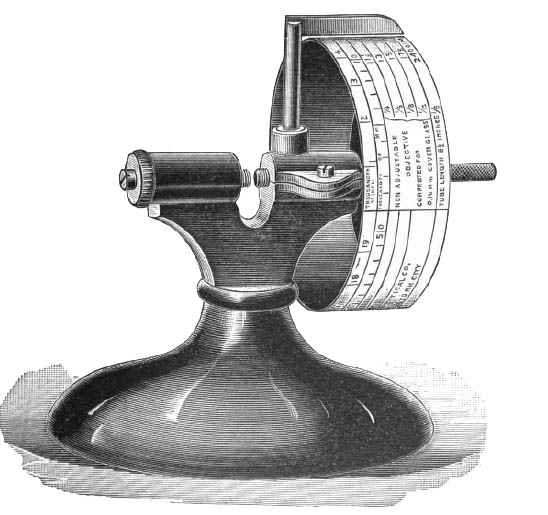 The B & L cover-glass gauge was apparently first described by Edward Bausch in an address to the American Microscopical Society, but it is first pictured and described in written format in the booklet authored by Edward Bausch, Manipulation of the Microscope in 1891 and in catalogs through 1900. We have not found catalog entries for it after 1900. One might wonder why it was offered for so short a time while Zeiss' versions were offered for fifty years or more, right up until WWII? The answer seems to be that B & L started to offer a wide range of coverslips of specific thicknesses after that, and so theoretically, if the stated thickness was accurate, measurement was not neccesary. Furthermore, for double the usual price, cover glasses with precise thicknesses were offered.
The B & L cover-glass gauge was apparently first described by Edward Bausch in an address to the American Microscopical Society, but it is first pictured and described in written format in the booklet authored by Edward Bausch, Manipulation of the Microscope in 1891 and in catalogs through 1900. We have not found catalog entries for it after 1900. One might wonder why it was offered for so short a time while Zeiss' versions were offered for fifty years or more, right up until WWII? The answer seems to be that B & L started to offer a wide range of coverslips of specific thicknesses after that, and so theoretically, if the stated thickness was accurate, measurement was not neccesary. Furthermore, for double the usual price, cover glasses with precise thicknesses were offered.
For a general history of coverslip micrometers, see the History of Coverslip Micrometers web page on this site.
The author is grateful to his good friend James Solliday, President of the Microscopical Society of Southern California, for researching the years this micrometer was offered.
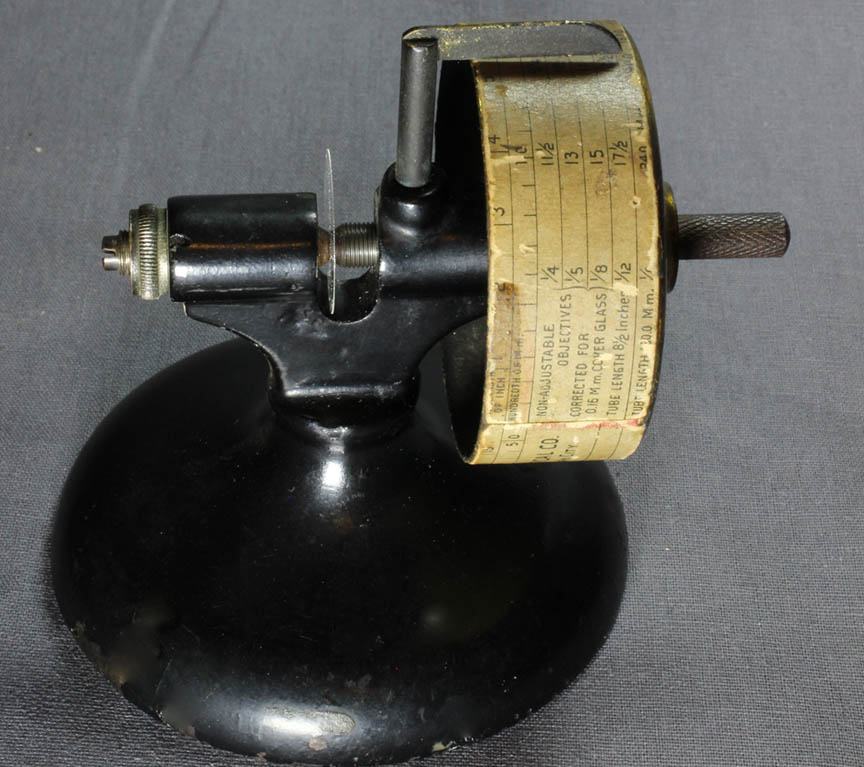
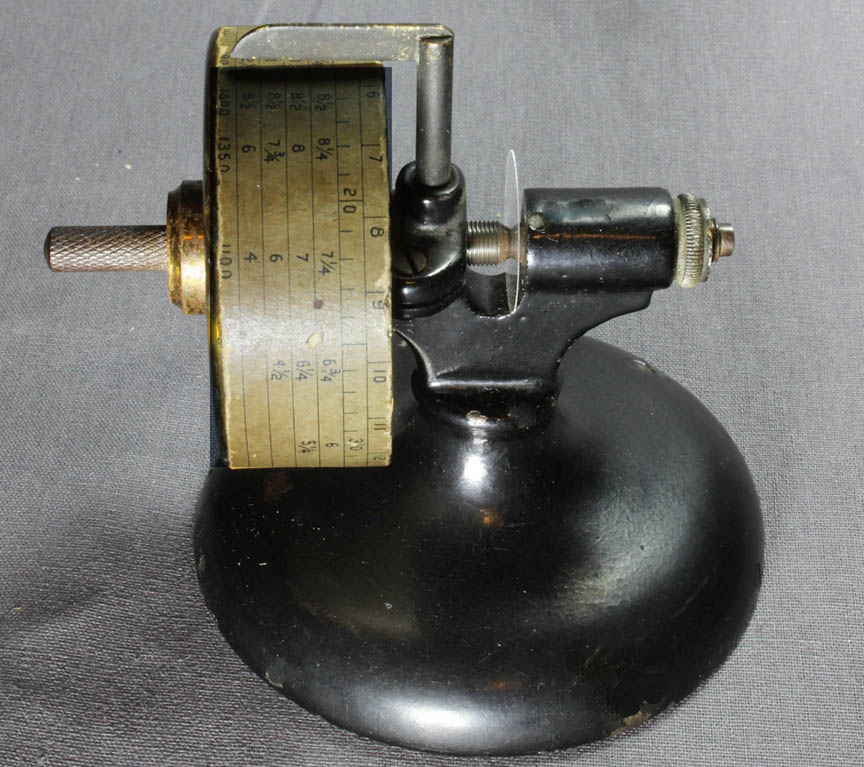
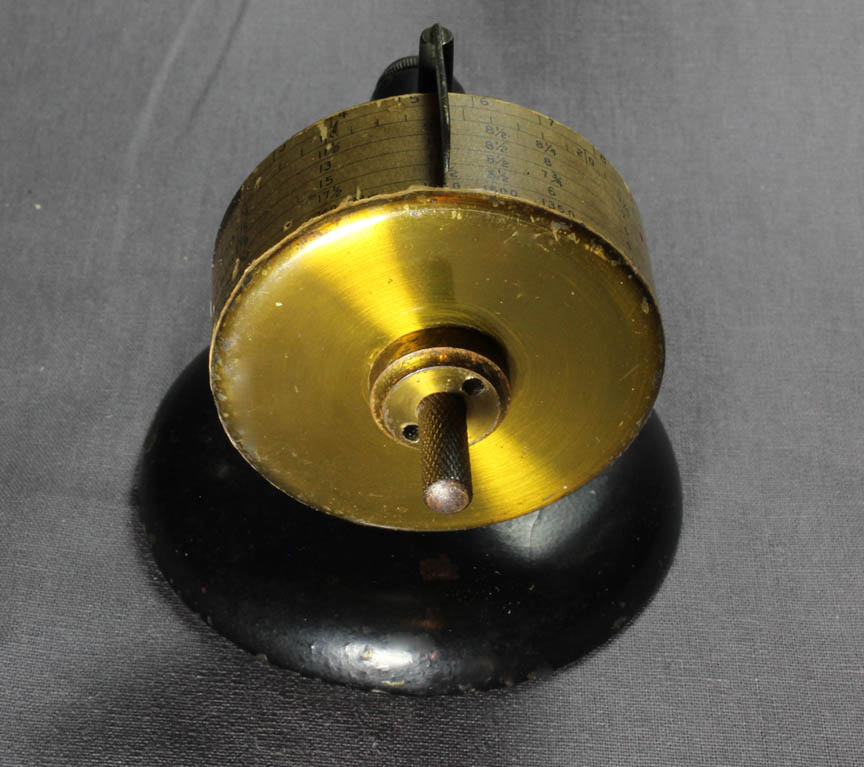
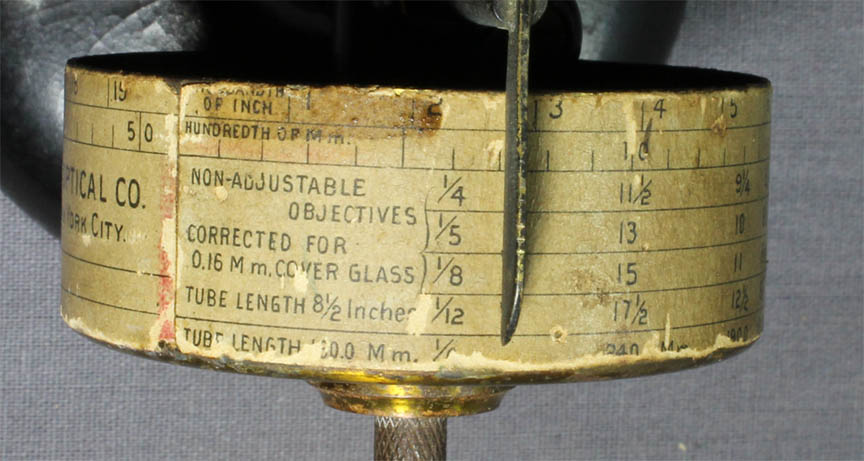
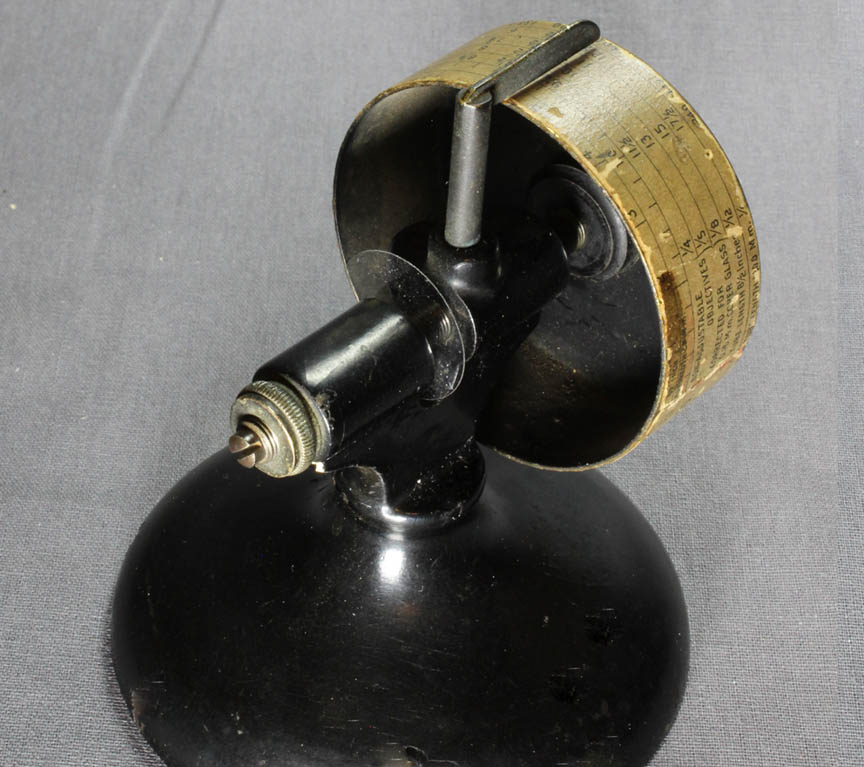
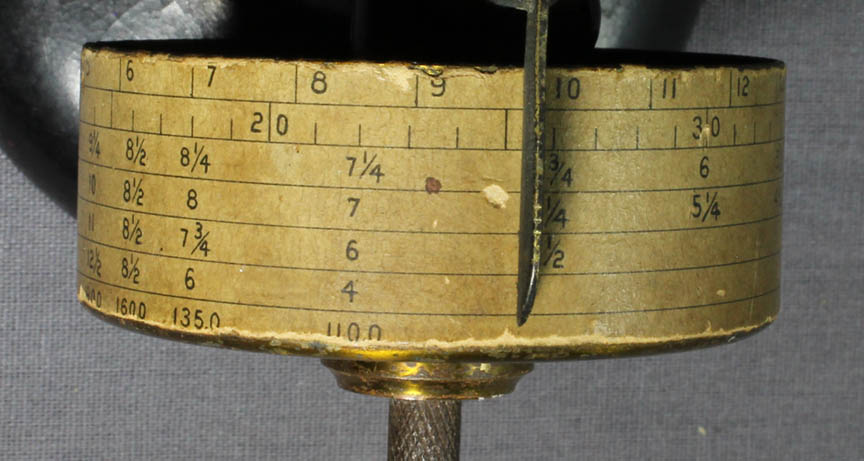
 The B & L cover-glass gauge was apparently first described by Edward Bausch in an address to the American Microscopical Society, but it is first pictured and described in written format in the booklet authored by Edward Bausch, Manipulation of the Microscope in 1891 and in catalogs through 1900. We have not found catalog entries for it after 1900. One might wonder why it was offered for so short a time while Zeiss' versions were offered for fifty years or more, right up until WWII? The answer seems to be that B & L started to offer a wide range of coverslips of specific thicknesses after that, and so theoretically, if the stated thickness was accurate, measurement was not neccesary. Furthermore, for double the usual price, cover glasses with precise thicknesses were offered.
The B & L cover-glass gauge was apparently first described by Edward Bausch in an address to the American Microscopical Society, but it is first pictured and described in written format in the booklet authored by Edward Bausch, Manipulation of the Microscope in 1891 and in catalogs through 1900. We have not found catalog entries for it after 1900. One might wonder why it was offered for so short a time while Zeiss' versions were offered for fifty years or more, right up until WWII? The answer seems to be that B & L started to offer a wide range of coverslips of specific thicknesses after that, and so theoretically, if the stated thickness was accurate, measurement was not neccesary. Furthermore, for double the usual price, cover glasses with precise thicknesses were offered.